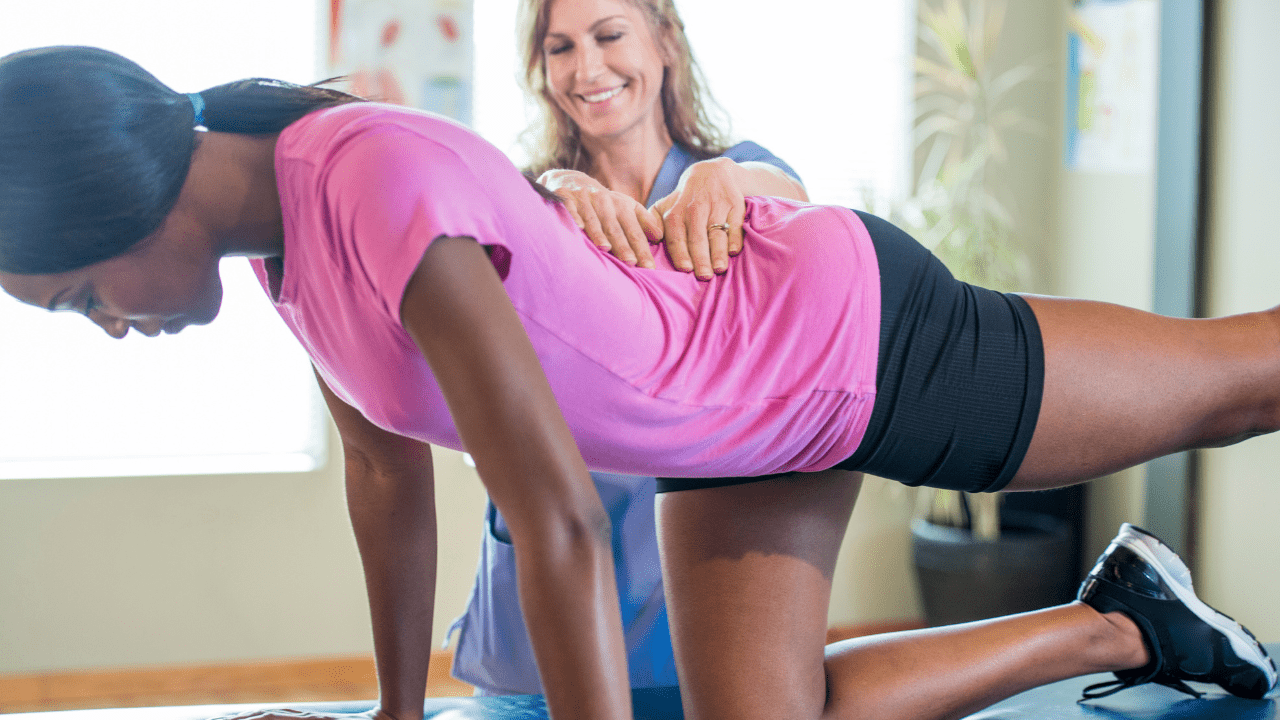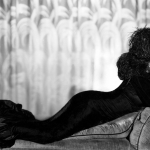Do you pee when you laugh or often feel like you won’t make it to the toilet on time? This sounds like urinary incontinence.
Urinary incontinence is an undesired leakage of urine and the loss of bladder control, which is a common problem that affects both men and women. According to the American Urological Association, 1/4 to 1/3 of men and women in the US experience urinary incontinence. It’s also an uncomfortable topic for some, despite it being a widespread condition.

So why does it happen? There are different types of urinary incontinence. These four types include:
1. Stress incontinence
Stress incontinence is urinating when putting pressure on bladder by coughing, sneezing, exercising, laughing, or lifting something heavy. Those who are pregnant may also experience persistent urinary incontinence due to hormonal changes and the growing weight of the baby, which can lead to stress incontinence.
2. Urge incontinence
Urge incontinence is having an intense urge to urinate followed by involuntary loss of urine. This includes urinating throughout the night, overflowing continence, having frequent dribbling of urine because of the bladder that doesn’t empty completely.
3. Functional incontinence
Functional incontinence is a physical or mental impairment that prevents you to be able to get to the toilet on time. For example, if you have arthritis or you’re struggling with an injury, you can’t move as quickly as you want to.
4. Mixed incontinence
Experiencing more than one type of incontinence. From all the incontinence types I’ve listed, there’s a long list of factors that can cause incontinence, which includes childbirth. Abdominal weakness, diabetes, pregnancy, menopause, and more.

So what can you do? Did you know that physical therapy can actually help? Specifically, seeing a pelvic floor physical therapist. A pelvic floor PT can help you create an individualized treatment plan to help you improve your pelvic floor muscle function. They can also help you improve control over your symptoms as well as reduce the need for pads or incontinence medications or even surgery.
It’s much more than muscle strengthening when it comes down to urinary incontinence. It could also be about coordination, muscle imbalances, incorrect posture, core weakness, or even tight overly active muscles. If you’re embarrassed about your incontinence and it’s affecting your lifestyle, you’re not alone and there is help out there.








